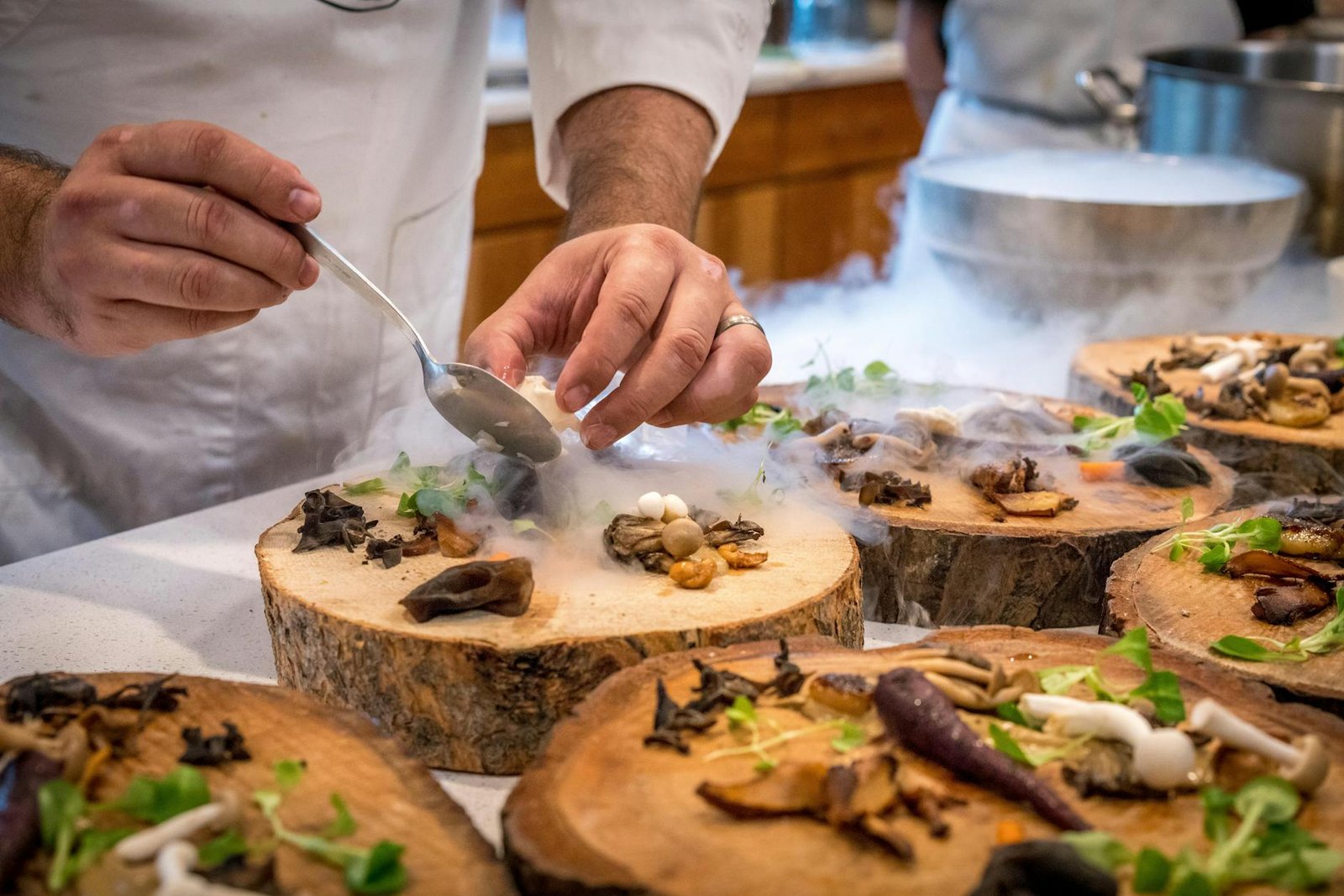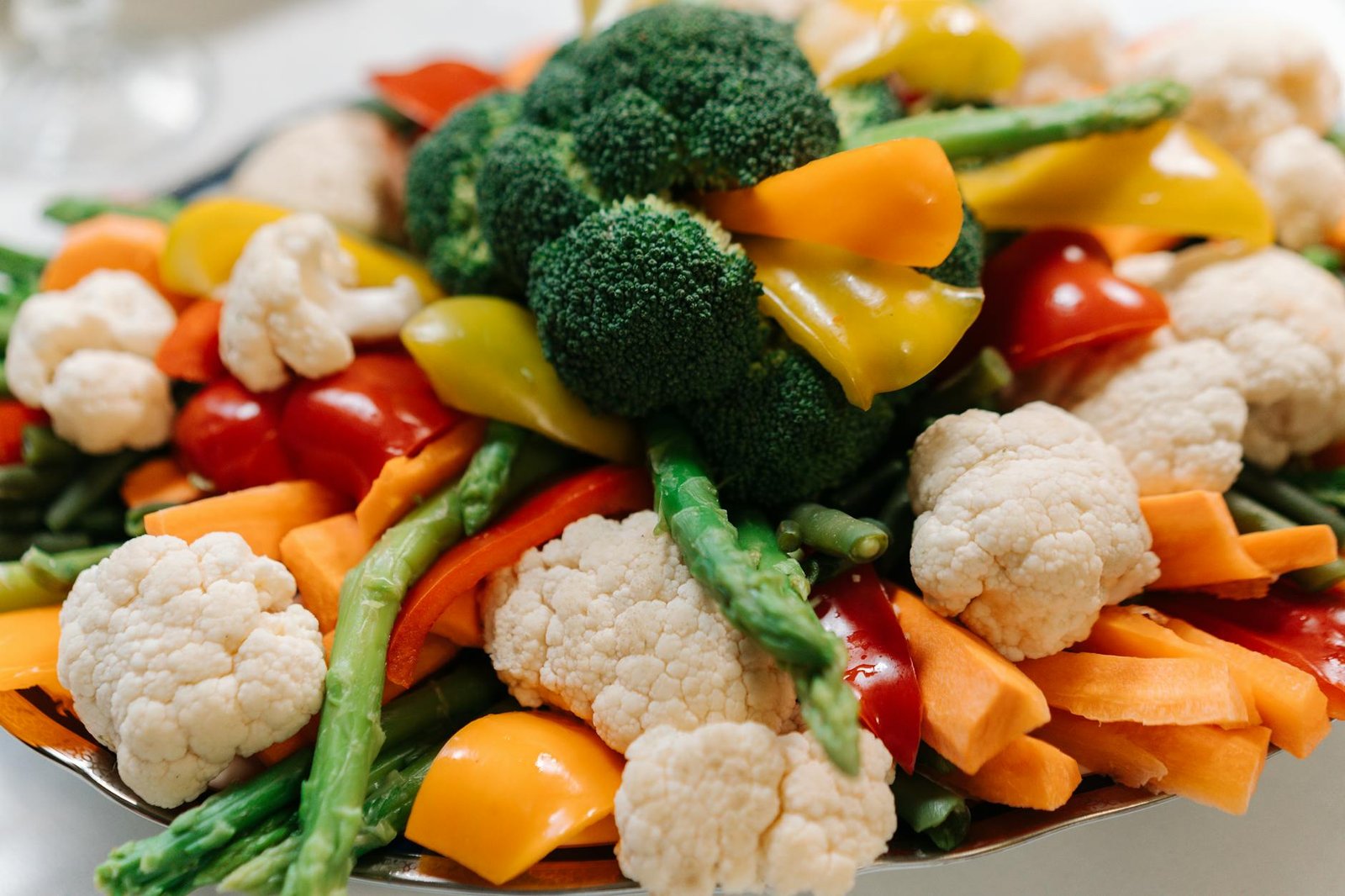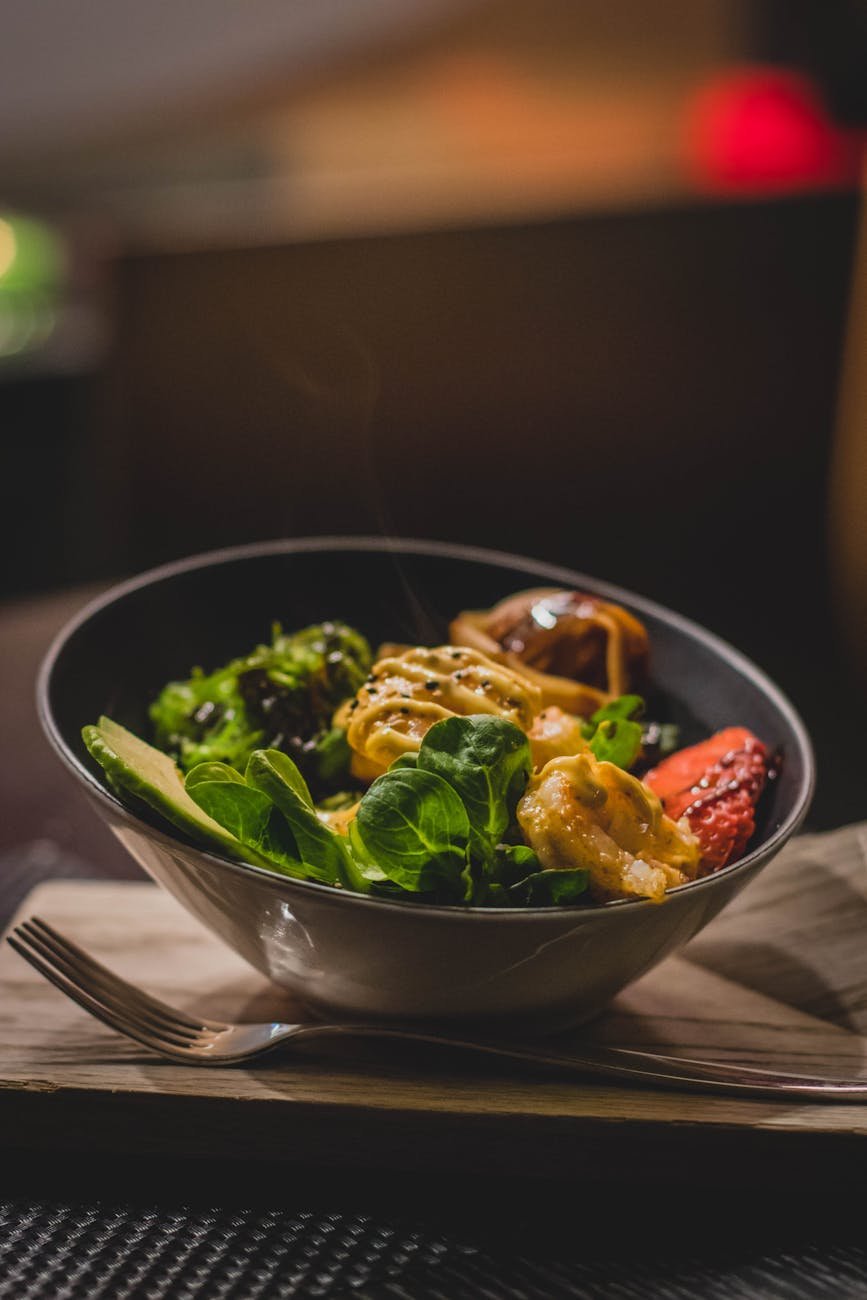
In today’s fast-paced world of microwave meals and instant mixes, we often overlook the gentle, time-tested methods our grandparents used in their kitchens. Traditional slow cooking—whether it’s simmering dals for hours, steaming idlis, or letting bone broth bubble away—wasn’t just about taste. It was also about preserving nutrition, enhancing flavor, and nourishing life.
Let’s dive into why slow cooking, steaming, and other traditional techniques are making a powerful comeback—and how they support better health, digestion, and even emotional well-being.
🔥 What Is Traditional Slow Cooking?
Slow cooking refers to preparing food over low heat for a longer period. It includes methods like:
- Simmering soups and stews
- Boiling lentils or legumes
- Steaming idlis, vegetables, or dumplings
- Slow-roasting or wood-fired cooking
- Fermenting and sun-drying
These methods avoid harsh heat or pressure, letting ingredients gently release their nutrients and blend harmoniously with other flavors.
🧪 Why Does Slow Cooking Matter Nutritionally?
The key benefit of slow cooking is that it preserves and enhances the bioavailability of essential nutrients like:
- Vitamins A, C, E, and B-complex
- Minerals like zinc, magnesium, calcium
- Amino acids and collagen (especially in bone broth)
- Probiotics (in fermented foods like idli, dosa batter, and pickles)
Fast cooking—especially frying or microwaving—often breaks down delicate vitamins and leads to nutrient loss of up to 60%.
🥣 Health Benefits of Slow, Traditional Cooking
1. ✅ Better Digestion
Foods that are cooked slowly—like khichdi, rasam, or lightly steamed vegetables—are easier on the stomach. The slow process breaks down fibers and proteins, making them more absorbable.
Example: Traditional bone broth simmered for 8 hours releases collagen and amino acids that help repair the gut lining.
2. ❤️ Improved Heart Health
Using less oil and high heat means fewer harmful compounds like acrylamides or oxidized fats are formed—both of which can increase the risk of heart disease.
Steamed or boiled foods retain their fiber and antioxidants, which help regulate cholesterol and blood pressure.
3. 🧠 Mental & Emotional Benefits
Slow cooking often means preparing meals mindfully. The process brings calm, promotes creativity, and becomes a form of therapy in itself. A warm, home-cooked meal can reduce stress and anxiety, offering comfort in every bite.
Grandma’s rasam or your mother’s khichdi isn’t just tasty—it’s emotionally healing too.
4. 👶 Ideal for Children and Elders
Traditional dishes like porridge (kanji), steamed vegetables, and soft dals are perfect for people with delicate digestion—especially kids and the elderly. These meals are nutrient-rich without being heavy or irritating to the gut.
5. 🧬 Preservation of Phytonutrients
Phytonutrients in vegetables (like lycopene, sulforaphane, and flavonoids) are sensitive to heat. Slow steaming or boiling helps preserve them much better than stir-frying or deep-frying.
For example: Gently steamed broccoli retains more glucosinolates, a compound known to fight cancer cells.
🔄 Traditional Techniques and Their Benefits
| Method | Examples | Health Benefit |
|---|---|---|
| Steaming | Idli, veggies, fish | Retains water-soluble vitamins, soft on digestion |
| Boiling | Dals, rice, soups | Makes fiber digestible, low oil |
| Fermentation | Dosa, curd, pickles | Increases gut-friendly bacteria |
| Slow Simmering | Curries, bone broth | Extracts minerals, improves flavor |
| Sun Drying | Vadiyalu, appadalu, mangoes | Preserves without chemicals |
🍳 The Wisdom Behind Our Grandmothers’ Recipes
Why did older generations take their time in the kitchen?
Because food wasn’t just fuel—it was medicine, culture, and connection. Cooking slowly allowed:
- Flavors to deepen
- Nutrients to remain intact
- Food to become easier to digest
- Families to bond during meals
Even Ayurveda supports this—saying food cooked with patience and love carries better “prana” (life force).
🚫 What We Lose in Modern Fast Cooking
- Microwaving: Alters the structure of water and may reduce nutritional content.
- Pressure cooking: Though convenient, it can destroy sensitive nutrients like vitamin C and folate.
- Frying or grilling at high heat: Generates harmful compounds (AGEs) linked to inflammation and aging.
While these techniques aren’t bad when used occasionally, relying on them daily can reduce the healing potential of your meals.
🕯️ Bringing Back Traditional Wisdom in a Modern World
You don’t need to spend hours in the kitchen to reap the benefits. Here’s how to start:
- Use a clay or cast iron pot: Retains minerals and enhances flavor.
- Batch cook soups, dals, and broths over the weekend.
- Steam instead of fry your vegetables 3x a week.
- Soak and ferment grains or legumes overnight.
- Savor the process—slow music, slow food, slower mind.
✨ Final Thoughts: Cooking With Time, Cooking With Love
In every slow-cooked meal lies a tradition, a story, and a science of health. It’s not just about filling the stomach—it’s about healing the body, calming the mind, and nurturing the soul.
By embracing slow cooking and traditional food wisdom, we move beyond “eating to survive” and step into eating to thrive.








